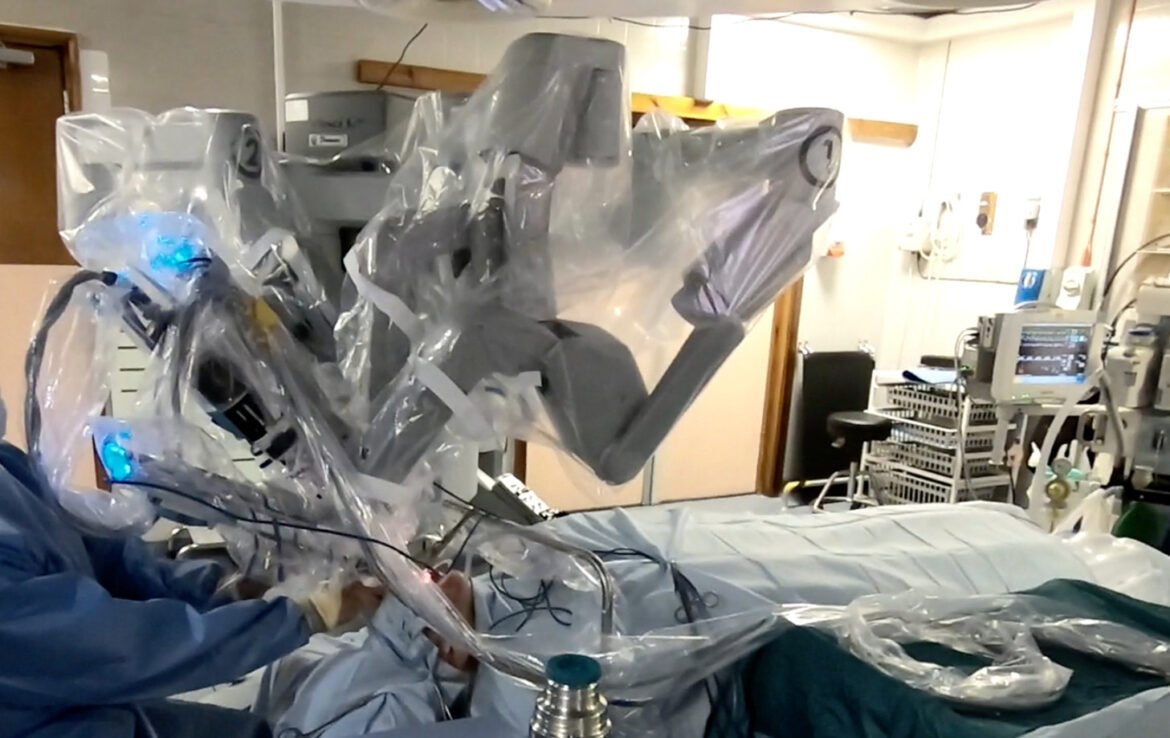Minimally invasive and robotic surgeries have revolutionized modern medicine, allowing patients to undergo complex procedures with smaller incisions, less pain, and faster recovery. However, these advanced techniques require specialized anesthesia management to ensure patient safety and comfort. Anesthesiologists play a critical role in adapting traditional anesthesia practices to meet the unique demands of these surgeries.
Understanding Minimally Invasive and Robotic Surgeries
Minimally invasive surgeries use small incisions and specialized instruments, often guided by cameras. Robotic surgeries take this a step further, allowing surgeons to control instruments remotely with high precision. While these approaches reduce surgical trauma, they introduce specific anesthesia challenges, such as prolonged operative times, limited patient access, and changes in patient positioning.
Anesthesia Considerations
Patient Positioning
Robotic surgeries often require unusual positions, such as steep Trendelenburg (head-down tilt) or lateral positioning. These positions can affect:
- Blood circulation
- Respiratory function
- Pressure on nerves or muscles
Anesthesiologists carefully monitor and adjust ventilation and circulation to prevent complications associated with positioning.
Pneumoperitoneum
During laparoscopic or robotic abdominal surgeries, the abdomen is inflated with carbon dioxide to create space for the surgeon. This can affect:
- Lung expansion
- Heart function
- Blood pressure
Anesthesiologists adjust ventilation settings and medications to maintain safe oxygenation and blood flow during these procedures.
Long Surgical Duration
Minimally invasive and robotic surgeries can sometimes take longer than traditional surgeries. Prolonged anesthesia requires careful drug management to maintain appropriate sedation, analgesia, and muscle relaxation without causing excessive side effects.
Monitoring and Rapid Response
Advanced monitoring, including arterial lines, capnography, and pulse oximetry, helps anesthesiologists detect and respond to changes in patient condition immediately. This is especially important when the surgical team has limited access to the patient due to robotic equipment or positioning.
Postoperative Pain Management
Even though minimally invasive surgeries reduce tissue trauma, patients can still experience pain, nausea, or shoulder discomfort (from gas used during laparoscopy). Anesthesiologists manage these issues using:
- Regional anesthesia or nerve blocks
- Multimodal analgesia with non-opioid medications
- Anti-nausea medications
Effective postoperative management ensures quicker recovery and shorter hospital stays.
Advantages of Specialized Anesthesia in Robotic Surgeries
- Enhanced Safety: Continuous monitoring and adjustments minimize risks associated with unusual positions and long procedures.
- Improved Recovery: Tailored pain management and sedation strategies promote faster rehabilitation.
- Reduced Complications: Prevents respiratory, cardiovascular, and nerve-related issues during complex surgeries.
FAQs
1. Do robotic surgeries require different anesthesia than traditional surgery?
Yes, anesthesiologists adjust techniques to accommodate patient positioning, pneumoperitoneum, and longer operative times.
2. Is anesthesia riskier in robotic surgery?
Not necessarily; specialized monitoring and expertise mitigate most risks.
3. Can anesthesia affect robotic surgery outcomes?
Effective anesthesia ensures the patient remains stable and relaxed, allowing the surgeon to perform precise movements safely.
4. How is pain managed after minimally invasive surgery?
Through nerve blocks, non-opioid medications, and multimodal analgesia strategies.
5. Will I recover faster with robotic surgery?
Smaller incisions, reduced tissue trauma, and effective pain management typically lead to quicker recovery.

